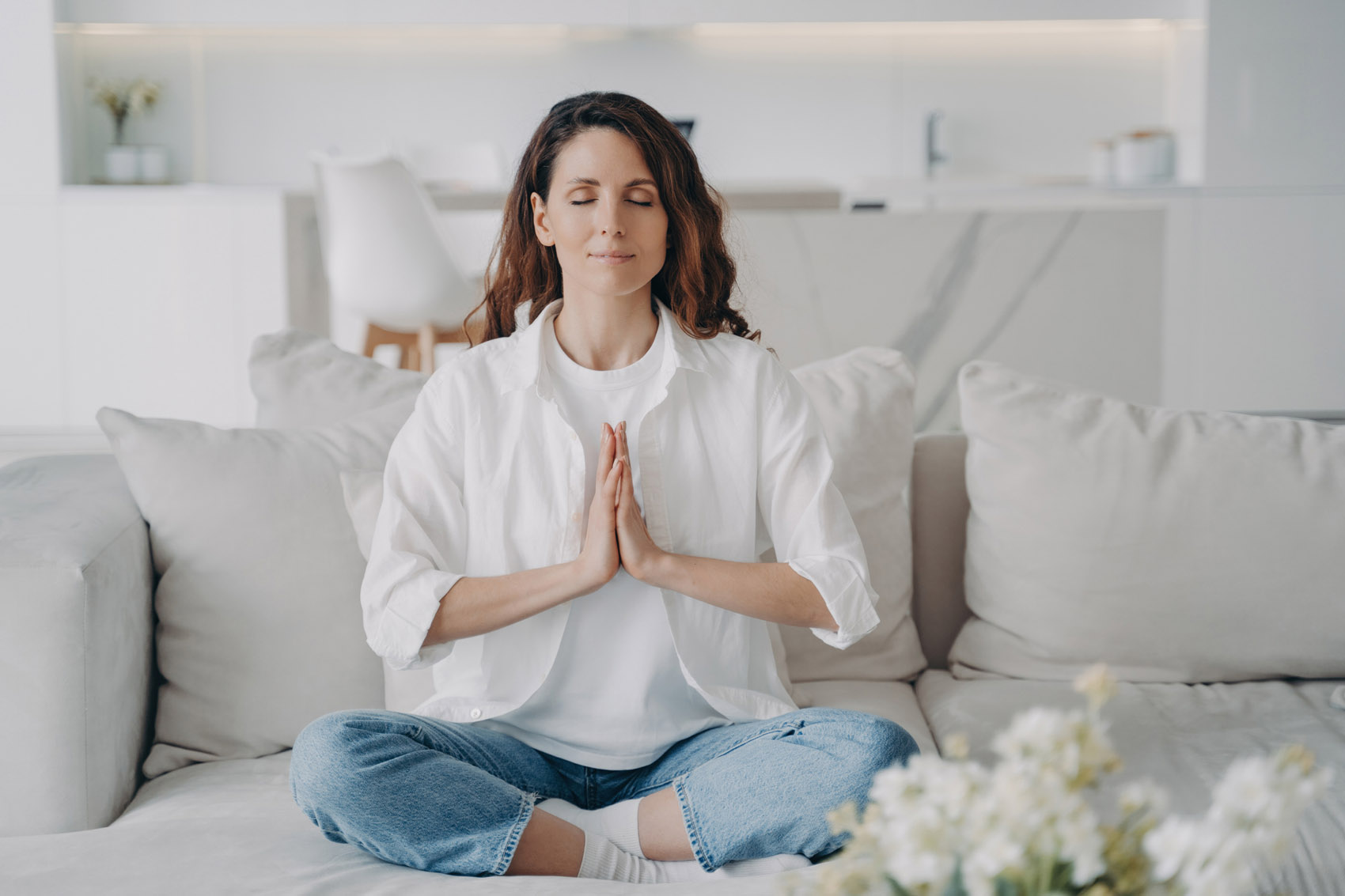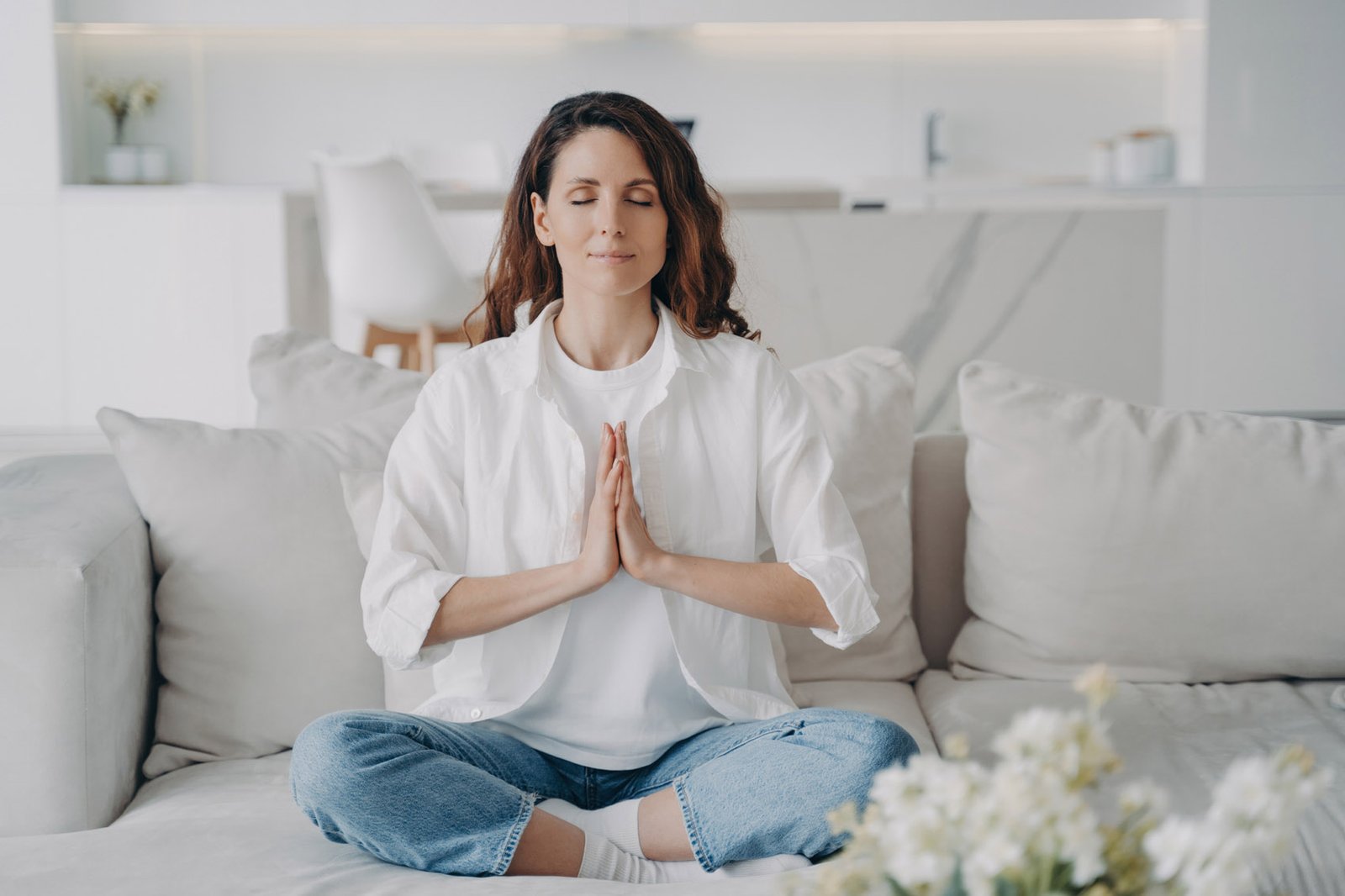Calmness, mental stability, vitality and clarity but also empathy and connection with the world: a method that can be reached by everyone and helps us fight anxiety and stress. All you need is 28 breaths. This is how spiritual intelligence develops

When was the last time you felt energetic, full of desire to live but at the same time in a state of calm and mental clarity? Consider that this way of being, cultivated with a little practice and persistence, can be achieved on a daily basis. Bringing together the world of neuroscience and ancient millennia Daniel Lumerainternational meditation expert, explains in this interview how to develop spiritual intelligence throughout breathing and meditative practices. Lumera is its author 28 breaths to change your life (Mondadori, €21), an efficient guide
to find peace and quiet.
You wrote a book about the power of breath to change lives. Why is this so important?
Because it is a simple but fundamental tool for achieving a state of well-being and balance. It takes consistency and persistence. And they’re two pretty rare features, especially in today’s lifestyle. Our constant hyperactivity often causes malaise, attention disorders, insomnia, mood swings and even depressive states: we are completely disconnected from our natural rhythms and from our bodies, therefore increasingly incapable of resilience and adaptation to the external environment. And here the breath comes to our aid: it is the element that allows us more simply and profoundly to achieve a momentary reconnection with the rhythm of life.
Where can you start?
We need to prepare: it means finding the courage to listen to ourselves authentically to recognize the healthiest, deepest part of us and develop the ability to follow and strengthen it. In short, we must train ourselves to meet our true selves. By breathing you can reach beneficial states of consciousness where well-being, relaxation and health are simply side effects of a larger lifestyle that leads to overall harmony with yourself and the world.
And is 28 breaths enough to achieve this effect?
Yes, as long as you repeat them over and over during the day. Breathing is necessary to realign us with our natural cycles. Every day we take about 21,600 breaths (an average of 15-30 times per minute): if we manage to make this action conscious, we can reconnect with our life force, reaping numerous benefits from a physiological point of view as well. This type of breathing (see box on next page) promotes blood and lymph circulation, regulates blood pressure, and facilitates the elimination of toxins. We also strengthen the immune system and balance the glandular system. Let’s also remember that each breath fuels the combustion of oxygen and glucose, producing the energy needed for all vital processes. Breathing is like eating: each breath is similar to a nutritious food that we introduce into ourselves. Let’s think of breathing as good food: let’s give ourselves time to taste the air and listen to ourselves. It is the first step in reconnecting with our deep identity.
In this bioconnection process, he emphasizes the importance of experiencing the power of awareness. How?
A “conscious” mind, capable of experiencing full presence, must be cultivated day by day. The proper use of our “mental powers” has a powerful influence on our psychophysical system, but to harness them we must learn to exploit our potential. We do not realize it, but we are dependent on many distorted or compensatory mechanisms. We are overwhelmed by a constant internal dialogue, a constant stream of thoughts consisting of judgments and prejudices, reflections, impulses and thoughts that have nothing to do with reality and reduce the quality of our lives, opening the door to anxiety and stress. Our brain is constantly interpreting these stimuli. For example, if someone gives us a bad look, we start to build false narratives about that look. Is this person angry with us? Or does it depend on our last meeting? And so on: in a very quick and unconscious process we develop an often wrong and reactive response through a series of associations made up of memories, similarities, projections and, if we are not aware of them, we lose clarity and energy. The data is impressive: each person spends about half of their available time thinking about something that is not real.
How will you free yourself from this mental wandering?
Through meditation: a process of rebirth that allows us to let go of the “selfish mind” and gain the ability to draw new resources by changing our view of ourselves and the world. A kind of gastric lavage that allows us to free ourselves of self-produced toxins, such as our tendency to constantly judge everything that happens around us. It is like emerging from a tunnel to be able to observe the panorama unfolding around us. There we begin to understand what it means to develop heart intelligence, spiritual intelligence.
What do you mean?
Neuroscientists have begun to study the intuitive ability of Tibetan monks, discovering that it comes from the ability to access the gamma waves produced by our brains. This brain activity allows us to enhance our cognitive abilities such as memory and attention, but also to develop our innate abilities of empathy and compassion by bypassing the filters produced by the mind (past trauma, anger, reactivity, etc.). In 2022, it was discovered that this type of spiritual intelligence resides in the brain’s neural circuit of the periaqueductal gray (PAG), which is associated with functions such as managing fear, pain, altruism, and unconditional love. Cultivating it makes us better: spirituality is an evolutionary value that gives meaning to our lives, allows us to heal our wounds, and achieve inner peace (if not happiness) at several moments of the day. A 360-degree wellness experience.
The 28 breath exercise
Conscious breathing is an effective way to stimulate and release energy and vitality. And it is able to create a deep regeneration of the brain that increases its neuroplasticity, that is, the ability to modify its structure and learn new things, regardless of the person’s age. To achieve this effect, alertness and a state of mental presence are required, capable of activating many biological mechanisms, including the release of adrenaline in the brain, the hormone of attention.
• This exercise requires 28 conscious breaths: inhalation through the nose and exhalation through the mouth.
• Each breath is deep and ends with an apnea phase in which you hold your breath for 15″ to 60″ (depending on one’s ability).
• This easy sequence can be repeated 3 to 7 times a day depending on the intensity and the result you want to achieve. Inhalation activates the vital energy, while in the phase of exhalation and air retention a state of rest is achieved which rebalances the state of energy activation. 28 breaths is a perfect sequence for regenerating the mind, body and regulating our brain chemistry.
Ask our experts your question

